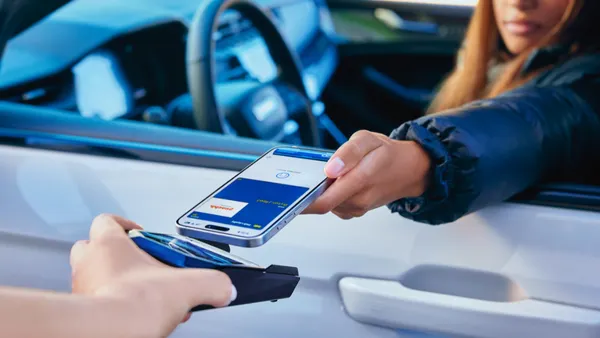Restaurants have undergone extraordinary changes over the last few years as one of the hardest hit industries of the COVID-19 pandemic. Despite this disruption, one thing remained constant – the need to create exceptional customer experiences.
Device-based technology has emerged as the new arena in the competitive world of customer experience. Leveraging devices to shorten lines, improve order accuracy and centralize online orders has shown proven benefits for customers, but many in food services still aren’t aware just how game-changing this technology can be.
Here’s a look into how device-based technology can transform your restaurant operations from the inside out to give you a competitive edge.
Breathe new life into your aging hardware
End-of-life decisions present few options for restaurants and none are very appealing. Not upgrading means no more security patches, creating security risks for your aging OS. Upgrading to the newest software (if it’s even possible) places difficult performance demands on your legacy devices. You could rip-and-replace, but that’s neither easy nor cheap, especially after the millions you’ve invested in your current hardware.
Android offers a viable way forward, preventing these otherwise functional x86 devices from becoming outdated and insecure. More and more companies are realizing Android is the most extensible and secure platform for creating great device experiences. With it you can turn your aging equipment into continually productive hardware assets while gaining an exceptional degree of control and customization.
Say goodbye to those dreaded tech support calls
Mission-critical devices breaking is expensive. From losing revenue to diminishing brand perception, there are plenty of prices you’ll pay. Being able to resolve technical issues quickly is crucial in serving customers. And with most restaurants having thousands of devices in the field and limited technical staff, it becomes impractical, if not impossible to effectively troubleshoot issues without remote capabilities.
One Esper customer dealt with this impossible situation first-hand. Without remote capabilities they were forced to rely on only what was being described over the phone to diagnose and resolve issues. This usually ended with the timely and frustrating “solution” of shipping the broken device back to headquarters and sending a new one to the restaurant.
Esper gave them the power to remotely control and debug their systems in real-time. With Esper’s remote view and control capabilities, the IT team can now see the actual impacted device, determine the problem without using other resources, and either fix the issue remotely or escalate it to their engineering team.
Deploy faster without sacrificing control
Restaurants are notorious for having close to 100 pages of kitting instructions that need to be followed to provision every new device deployed. That’s a lot of time and potential for human error. And that’s just to get them out the door– once those devices are in the field it’s even harder to push updates to them.
DevOps delivers the easiest way to automate these rote processes while giving you the control to push updates any way you like. With seamless provisioning, device set up becomes fast and hands-off. Each device can be updated to the latest version on bootup even if there are months between provisioning and delivery. And when you need to update them, you can do so at will. For both application and device updates you can customize and stage rollouts, automate deployment and complete updates in hours.
Your competitors are all-in, you should be too
With customer interactions at restaurants increasingly happening on devices (with no signs of slowing down), going all-in on device strategy is the smartest investment for the long-term. Doing so with the combined power of Android and DevOps will save you money and automate your innovation, giving you an unprecedented ability to delight customers.
And while it may be out of your comfort zone, you’ll thank yourself later for choosing to do it now. Data from 451 Research shows that 89% of companies see dedicated devices as a critical tool for differentiating services and customer experiences. And these companies are allocating more and more time, budget and personnel to improving their device infrastructure. The stakes of not joining them are getting higher and higher.










